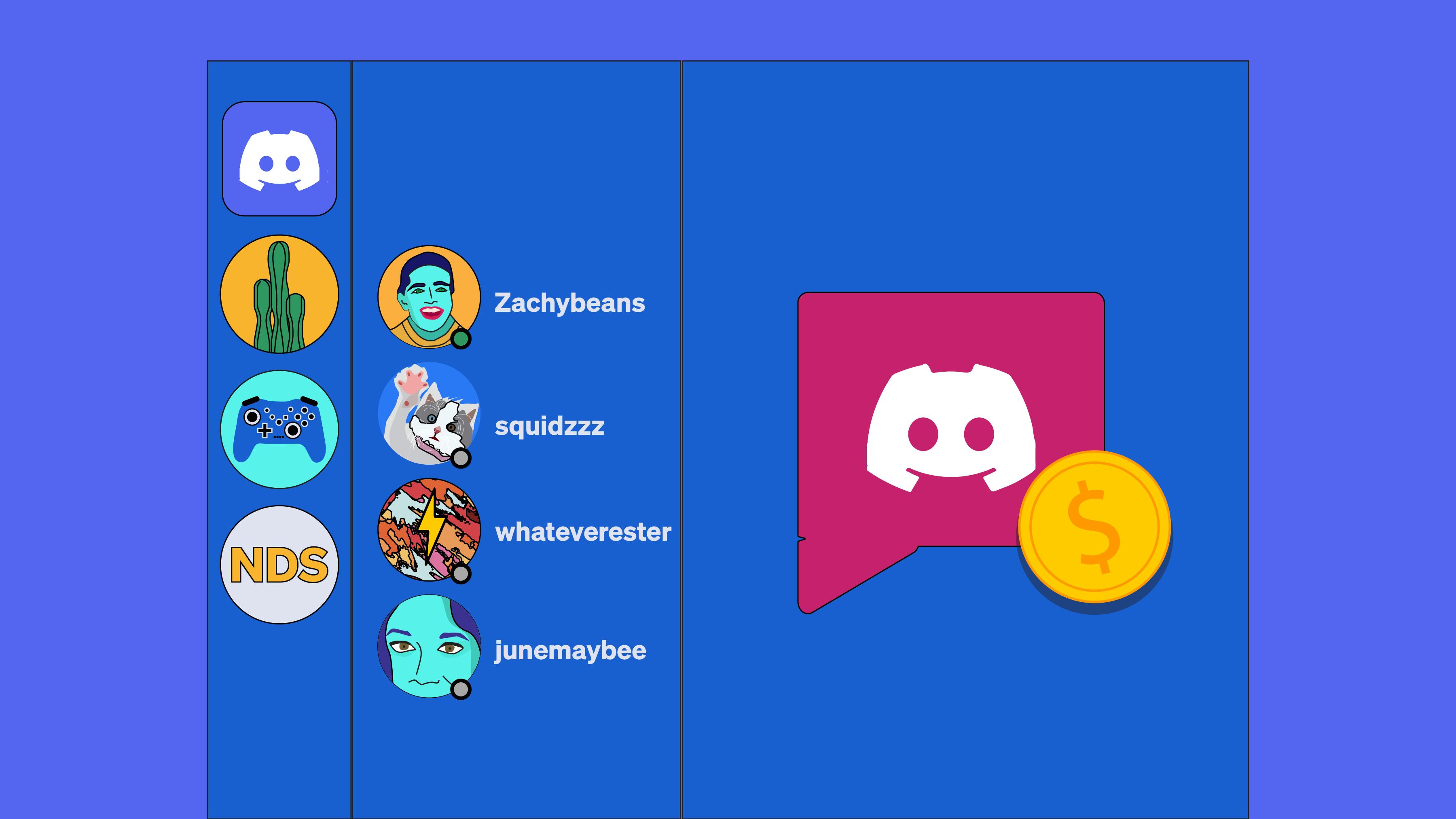Shalom M. is a budding entrepreneur and long-time user of Braid.
Inspired by the book Rich Dad Poor Dad by Robert Kiyosaki, Shalom switched his college major from computer science to real estate and started his entrepreneurial career. His main objective? To grow and understand his finances.
He learned that understanding his money personality was critical to finding a sustainable system for long-term financial success. To apply his financial learnings, Shalom started envelope-style budgeting.
The next step was to find a place where he could open many accounts [pools] and collaborate with others.
Note: This interview was edited for clarity and length.
How did your financial journey begin?
When I first started, I was studying finances like crazy. I read books from Dave Ramsey, Robert Kiyosaki, T. Harv Eker, and other financial experts. Each had a different perspective on the type of money lifestyle that you should adopt for financial success.
Ramsey advised that you put all of your money towards paying off your debts. Then once they’re all paid off, you can start to live. Similarly, in the FIRE (Financial Independence, Retire Early) movement, all your money goes towards investments, and then you’re free to live once you retire.
None of those lifestyles worked for me because I didn’t want to hunker down and not live until I retire. Maybe if I started earlier in my life but now, no. Learning how to manage my money by figuring out my money personality from T. Harv Eker’s book, Secrets of the Millionaire Mind, turned seminar, Millionaire Mind Intensive, was a game changer.
Eker said that the key to financial success is to know your money personality and to find a system where it can live. The main four personalities are the money monk, hoarder, spender, and avoider. I’m both a spender and a money monk.
What system do you use to manage your money?
Envelope-style budgeting works well for those trying to achieve financial success. In this budgeting system, you never see the entire amount of money that you receive at a time. As a result, you’re always thinking about how you can make more money.
Parkinson’s law about time can also be applied to money. If you give someone until tomorrow to do a task, it will take them until tomorrow to do it. If you give them a month, it will take them a month.
The same law applies to money. If you see that you have a lot of money in your bank account, you will be more willing to spend it. When you start to see it dwindle, you become more frugal and get inspired to work harder, make more money, and save.
So whenever I get a deposit, all of my funds have a dedicated place to go and a purpose.
Can you explain the different categories of envelope-style budgeting?
The goal is to have a system in place so that your money will already know where to go when you receive it.
These are the categories that I use:
FFA (Financial Freedom Account)
- You’ll use this money pool for your investments.
Education
- Always put 10% of what you make into an education pool. If you need a coach or to take a course, you’ll have the funds to get the education that you need. Books to buy. Hobbies to learn. Etc...
Play Jar
- Put 10% into your Playjar. This is the money that you shouldn’t feel guilty about spending
- This pool is for the spenders and savers. You have to use it for something as long as you have funds in there. This account has to go to zero at the end of the month.
50% Necessities (Living Expenses)
- Put away 50% of your money to pay for necessities
- Grocery, house payment, bills, school loans, etc...
Donations
- Aim to put 5-10% of your income away for donations or charity with the idea that if you can make charitable contributions now when you don’t have much, you’ll be in the habit of doing it when you have a lot.
LSS (Long term savings and spendings)
- Pick a goal and you can’t touch this money until that goal is reached. You could use this money to spend on a vacation, car, or anything else.
- 5% of two LSS goals. ex: buy a car & save up for a laptop
Creating this system in Braid was easy because each category has its own money pool that function as envelopes.
How did you initially set up your system?
When envelope-style budgeting was created, people used cash and actual envelopes. But now that digital banking exists, you can do it all online. At the seminar, they taught us to open seven different bank accounts.
I started using US Bank to open an account for each of my envelopes. I would get a direct deposit in one account and then I’d transfer my money either manually or I would auto withdraw it every month or week into each account.
The problem is that some banks will charge you a fee for not having enough funds in your account or you’ll get charged if you don’t use direct deposit. For some of the categories, the balance is meant to go to 0 or you’re supposed to spend it. So it caused a problem.
How did you discover Braid?
About six months into envelope-style budgeting, I learned about Braid. I wanted to see how I could use every feature and make the most of them. Once I learned what Braid could do, I shifted everything over from US Bank to Braid to test it out.
Braid ended up being exactly what I was looking for because it’s so visual. It was nice that I could set up each of my envelope categories without having to go to a bank.
Now that I’ve learned its capabilities, I use Braid for everything. My family has been blessed with it and it has changed the way we look at money. When I get money I split it up automatically and everything has a place to go. It’s what we use for family operations.
Would you say it’s collaborative?
I’m really into crypto and blockchain technology. In Blockchain, everyone has a copy of the ledger. Braid’s technology is centralized in the sense that it allows everyone to see everything.
Essentially, if we’re in a group together, we have a copy of everyone's ledger. We can see every time money moves. The information is there and verified in that one Braid Pool.
That’s the biggest benefit of using Braid. It’s super transparent and seamless to get money in and out. Once we’re connected in the app, we don’t have to go to a separate bank to work together. Their system is naturally collaborative.
Then with the admin capabilities, you can turn those settings on and off. That’s one thing that I really like.
Did you have any rough patches when it came to setting up on Braid or getting your family to set it up?
In the beginning, the main hurdle was explaining to my friends and family why they needed to provide their social security number to sign up.
They would always say, “I don’t know Braid, why should I give them my social security number?” So, I’d have to explain that when you’re working with money, a verification process is necessary. People are always cautious about that.
When I started to explain Braid, it got better. I would essentially have to explain to them that it was a way for us to share money together. I used to describe Braid like Venmo on steroids.
Eventually, a lot of the people I worked closely with, mentored, or helped out started using it. Then when they got the chance to use Braid, they would see the benefits and how it could work for them.
I know a guy who’s starting a clothing brand and he’s been using Braid with his team to share the funds. My family and friends have also started to use Braid as a family unit which is different from how they would use a regular bank account.
That's my story of how I used Braid and what was successful for my family and our friends. I noticed that Braid is focusing more on helping groups spend together. I can see how it's a great fit for that! Overall, Braid is a seamless and transparent tool for all the financial things you do in life.
Want to figure out your money personality? Take this quiz.



